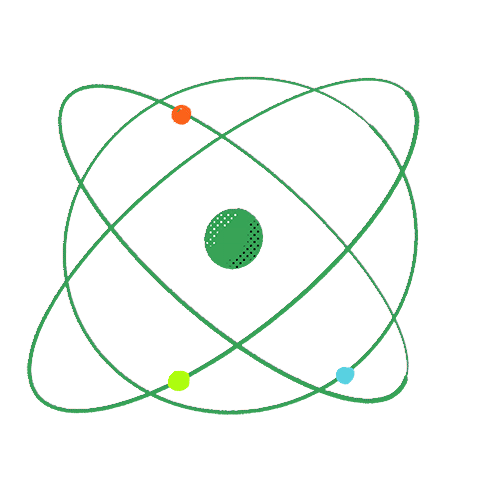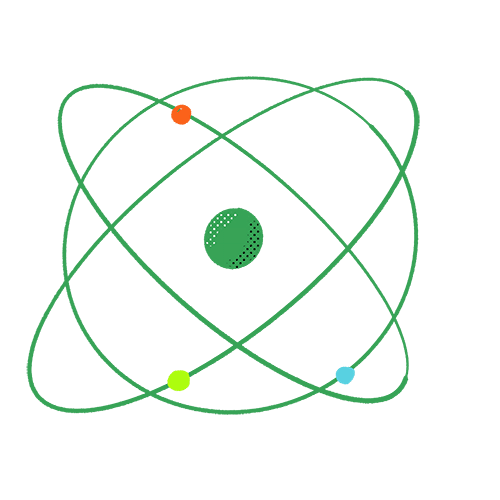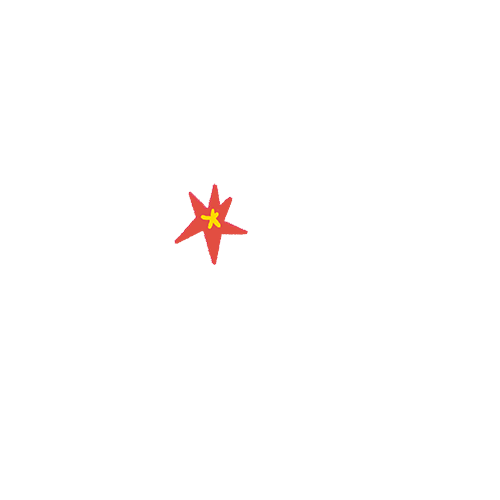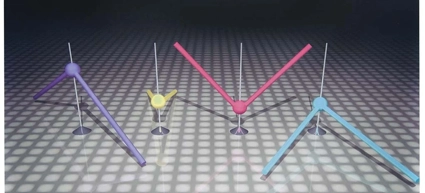
90-degree rods I
The angles at the corners where the rods meet appear to be either sharp or obtuse. But is that really true?

If you experiment with different materials, methods and perspectives you can trick your eye and your vision. What is realistic and possible when you play with colour and shape?
In our large Illusion Gallery, you will find lots of intricate images that challenges your way of thinking! Look closely – your eyes may find something new in the picture when you look a second time!




The angles at the corners where the rods meet appear to be either sharp or obtuse. But is that really true?

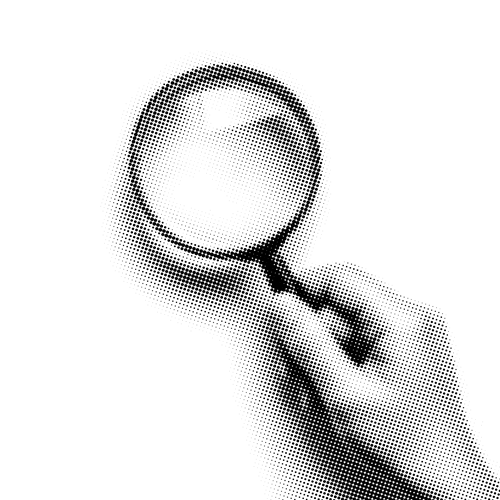
The angles at the corners where the rods meet appear to be either sharp or obtuse. But is that really true?


This picture looks like the night sky full of stars, but contains something completely different hidden in it. Try to focus behind the picture and see what appears!


The white arrows and black arrows point in opposite directions. What we see is influenced by what we choose to consider as background.



This experiment is like a kaleidoscope! The liquid organises itself into complex and beautiful patterns when it is heated, instead of becoming more disorganised.


Listen to the sounds and watch the lights in the plexiglass rods. When that happens they have been hit by tiny parts of disintegrating stars from outer space, which are falling on us all the time.


How does the kitchen equipment lie in the drawer? Our experience of the items changes depending on whether we choose to see black or white as the pictures background.


Between the black squares, which form a sort of network in the image, black dots appear among the lighter circles where the white lines meet.


Set the pendulums in motion by pushing them with your hands and then releasing them. The speed and movement of the pendulums determine the pattern they make.


The lines and irregularities are used to make a two-dimensional image appear three-dimensional.


You shouldn’t believe all the stories you hear about the one that got away, but can you believe what you see with your own eyes? We learn how to interpret images. Maybe it’s the same with the stories we hear?


It is possible to switch one or several letters for numbers, and still get the message. But if you cover up parts of the letters, can you still read the sentence?


Look carefully at the picture – would it be possible to make this cube? No, it is impossible to construct the figure in the drawing in reality.


Can paintings move? It is possible to trick the eye using colours and shadows. The squares seem to roll like waves on the water surface!


The picture consists of two photographs of the same scene, taken with differently coloured filters. They have been displaced slightly relative to each other and the picture thus becomes fuzzy.


The grey circles on the door appear different when compared with the background. But if you move the template around, you’ll realise that this is not so.



This experiment will trick you into seeing different colours, depending on the speed of the disk. Try it and see whether you see the same colours when it spins at different speeds.


Start rotating the disk. When does the pattern become indistinct, and when can you see it? Try what happens when the disk spins at different speeds.


It's not easy to follow the spiral lines and determine whether they change colour. The pink lines appear to change colour. Why?



A flat picture can sometimes give an impression of great depth. The drawing of the ring gives a realistic impression on paper, but this ring cannot be physically made.


What do we direct our attention to when reading text? Can you find a mistake in the text on the sign?


Holograms are made by photographing objects from different angles with the aid of a laser. Holograms are now used on ID cards, for example, to make them more difficult to copy.


Spin the disk and look at it intently while it spins for at least 20 seconds. What happens if you then look at your palm?


Twisting spiral produces different illusions depending on what direction you spin it.


Move the water-filled tube up and down across the text. The tube acts as a lens and turns what you see upside down. The same thing happens in a camera and in your eye.


The picture is a photograph taken in San Francisco. You might think that there’s been an earthquake, since the house has ended up at an angle. What do you think?


This map shows where it is daytime and where it is night at the exact moment you are looking at the map. The rotation of the Earth moves the boundary between day and night.

